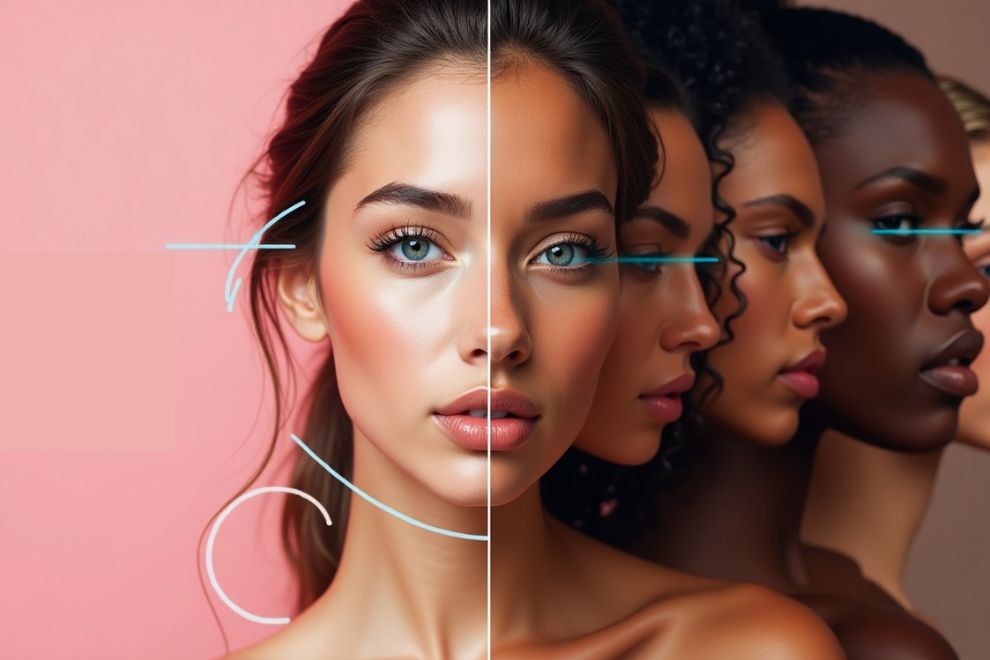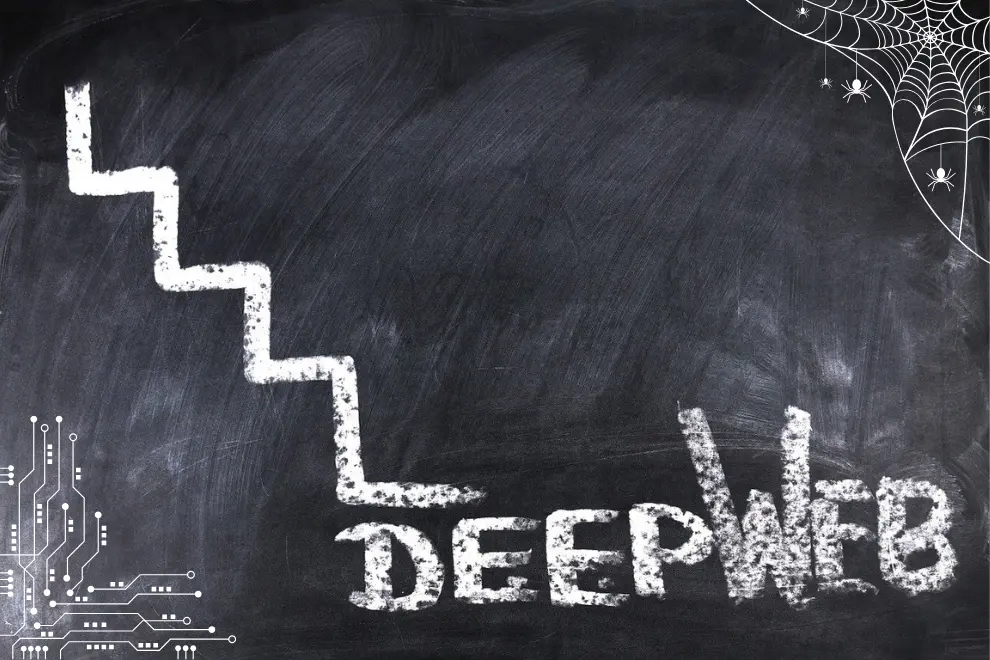A Perfect Face in a Digital World
Scroll through any social media feed in 2025, and you’ll likely see faces that appear flawless—glowing skin, sculpted features, symmetrical smiles. But behind these perfect images lies an invisible digital brush: AI beauty filters.
As artificial intelligence becomes more advanced, so do the filters people use daily on platforms like Instagram, TikTok, and Snapchat. These aren’t just enhancements—they’re reshaping how we define beauty, and the consequences are more than skin deep.
The Rise of AI-Powered Filters in 2025
AI filters in 2025 are no longer limited to dog ears and funny glasses. With real-time facial mapping, machine learning, and skin analysis, filters can now:
- Slim your face
- Smooth wrinkles
- Change eye shape and color
- Add makeup
- Brighten skin tone
- Even alter jawlines and noses
These enhancements are so realistic that it’s often impossible to tell what’s filtered and what’s real. And that’s where the problem begins.
Blurred Lines Between Fantasy and Reality
While filters started as fun, they’ve evolved into a digital mask—one that’s used even during live video calls, reels, and virtual meetings. Many social media users now say they “don’t feel confident” posting their real, unfiltered photos.
This creates an endless loop:
- Filters raise beauty expectations.
- People compare themselves to filtered images.
- Real-life features seem flawed.
- More people turn to filters… and even cosmetic procedures.
It’s a digital distortion that’s quietly affecting mental health and body image, especially among teens and young adults.
How Influencers Are Responding
Some influencers continue to embrace AI beauty tools as part of their brand image. But a rising movement in 2025 is pushing back.
Creators like @RealSkinRebel and @FilterFreeIndia are gaining traction by sharing raw, unedited selfies and speaking openly about the pressure of “looking perfect.”
Even global celebrities are joining the trend by tagging their photos with #NoFilterReality—an effort to normalize pores, blemishes, and all the beautiful “imperfections” that make us human.
The Impact on Beauty Standards
In the past, beauty ideals were shaped by cinema or magazines. Today, they’re shaped by algorithms. AI filters tend to follow one globalized template: lighter skin, sharper features, bigger eyes, smaller noses—a look that’s neither universal nor realistic.
As these trends dominate social media, there’s growing concern that diverse beauty is being erased, and people from different ethnicities or body types feel left out of the “filtered standard.”
What Parents, Platforms, and People Can Do
With mental health issues on the rise, it’s important to use technology responsibly. Here’s how we can restore balance:
- Social Media Platforms should clearly label filtered images.
- Influencers can normalize real faces and share unedited moments.
- Parents can talk to teens about digital vs. real-world beauty.
- Users can take occasional “filter detox” days to reconnect with reality.
Real Faces, Real Stories
In a world where AI filters promise perfection, real beauty is becoming a quiet rebellion.
Yes, filters are fun. Yes, they boost confidence. But they should never define your worth or replace your true identity. After all, beauty isn’t what the algorithm says—it’s how you feel in your skin, both online and off.


